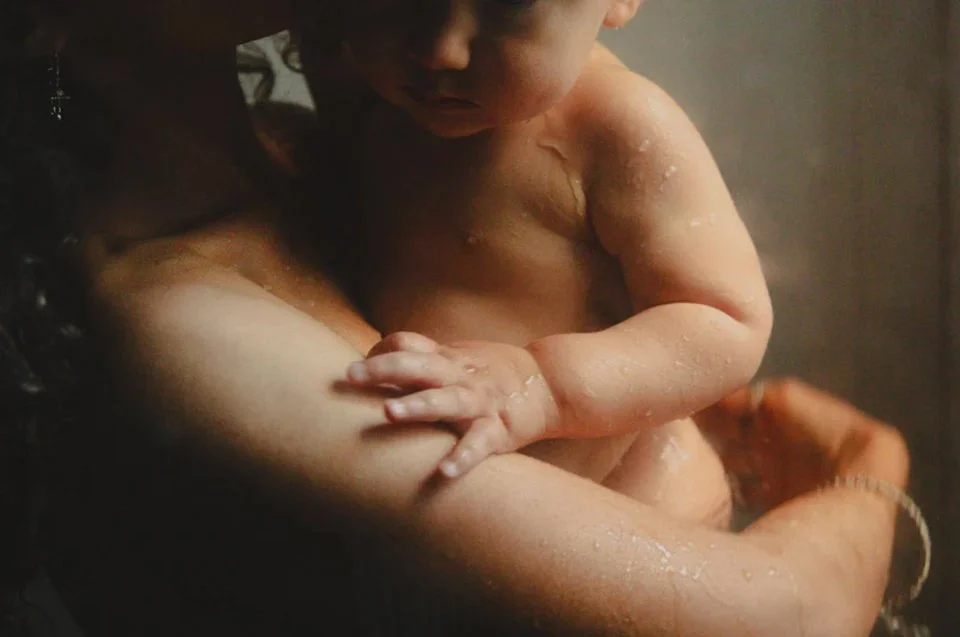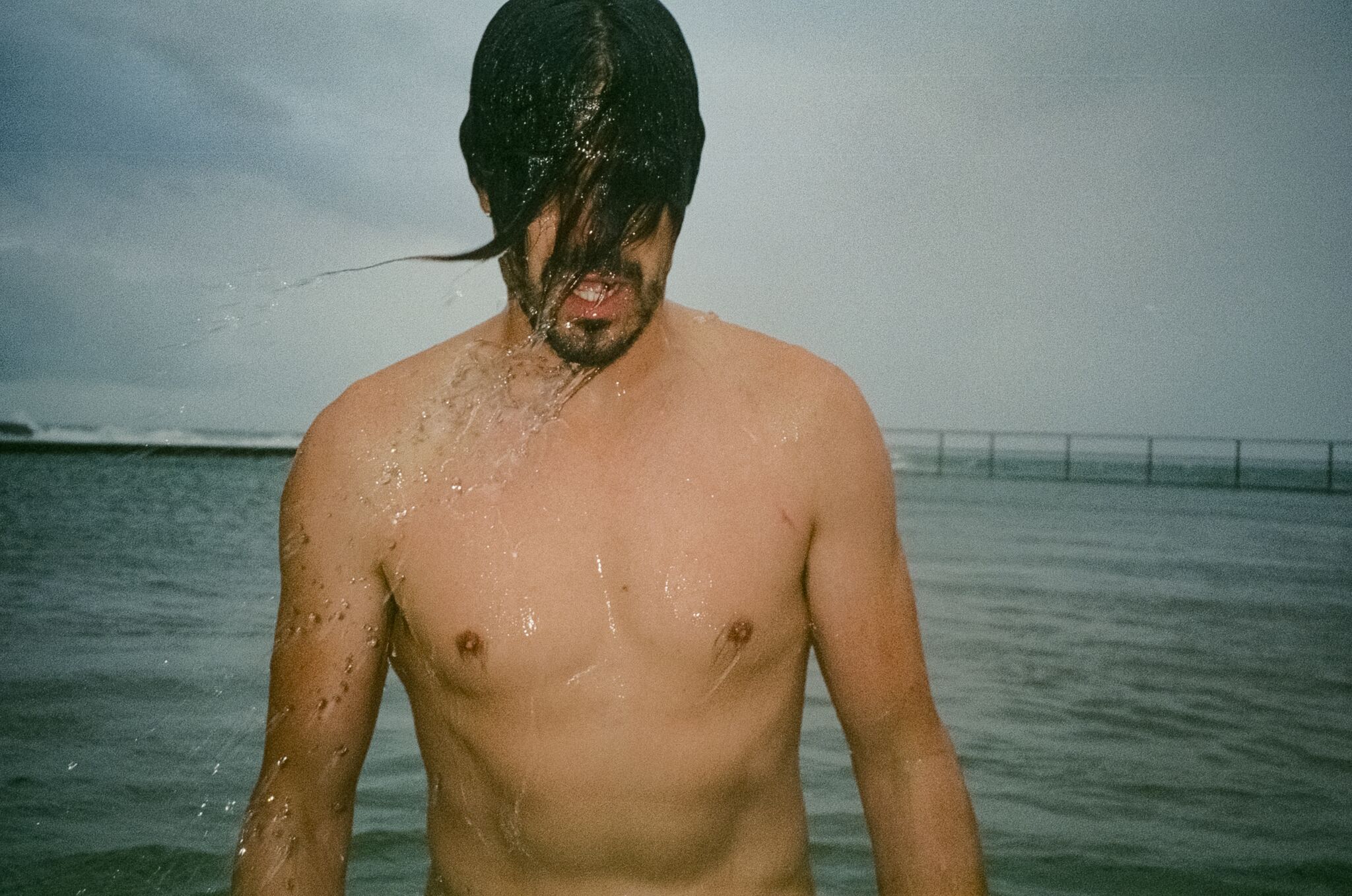
Bathe
In the Greek and Roman bathhouse as many as seven healers at one time would take a client into a bath with each healer taking responsibility for a specific area of the body. Their services were more sought after than local physicians’. These bathhouses, along with the Turkish Hamam’s were places to socialise, do business, even share a meal. The rise of western culture has meant we have lost an element of this community - now most bathing practices are done behind a closed door - but the rituals are not lost.
You leave your self vulnerable when you strip down and submerge. But there are big and kind of primal (maybe essential) benefits humans get from baring their vulner- abilities in a communal setting. One of the consequences of exposing and aged body, a body with birthmarks or childbirth scars is an acceptance of ones body as it is but also an acquiescence to the group. Nudity is a great equal- iser. And the bathhouse once again seems to have become a place of acceptance, body confidence and a place of healing, of treating and sharing a mutual space. That’s whats so interesting - this idea of water as therapy comes in so many forms something that most people do in their daily lives but may not pay much attention to. Why do we use the water - how do we use the water. What I learnt so far is that even if people appear to just be bathing for leisure it’s often so much more than that. It’s often for mental health or for a sense of relief from life’s daily struggles. A swim in the ocean at the end of the work day seems to instantly lift moods, clear heads, create endorphins - benefit the brain and the body. Other people use bathing to relax, to control aniexties, or medical conditions, to strengthen the body, to relax the body. The rituals of bathing.
This is an ongoing series



















Half Way HOME
My partner and I created our home from scratch out of an empty shell of a warehouse in Sydney’s inner industrial suburb of Marrickville. It was a place of warmth and love and transition during the six years we shared it with others.
In early 2017 we had to move on. I wanted to document something of the time and place and people within the walls we made: living in a working space customised as home, the loft bedrooms we made with our hands and own tools, the bathroom, the kitchen, the many shared meals the nights of ridiculous dancing, evening beach trips and a beautiful closeness of friends. We disbanded in 2017 in trying circumstances. Home was still inviting but I was mentally and physically dismantling our world while learning to accept unreasonable loss. I took down one life while looking for another. The images I made were not happy memories of hard work and close friends I intended to remember but a darker reflection of interior world I was processing at the time. Half Way Home is the initial chapter of a transient life between fixed addresses. A work in progress without a known destination. The next chapters will show life in other people’s spaces as well as our capacity to live with uncertainty, resourcefully where ever we lay our heads.


























